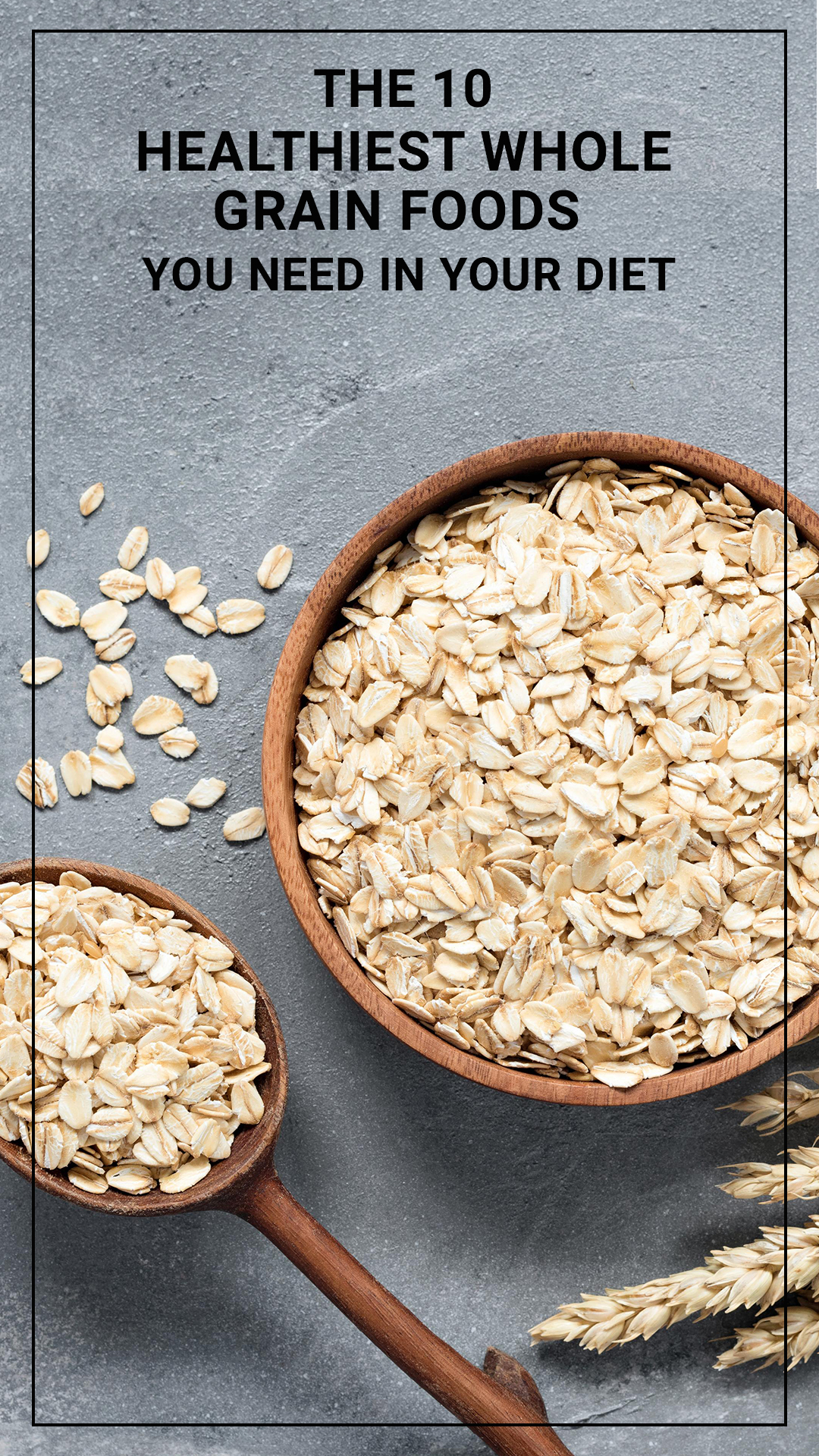
Important: This article is for informational purposes only. Please read our full disclaimer for more details.
There are plenty of good reasons to include whole grains in your diet. For one, they’re a great source of fiber and other nutrients that can help keep you healthy. What’s more, research has linked eating whole grains to lower risks for heart disease, stroke, type 2 diabetes, and certain types of cancer.
So how can you make sure you’re getting enough whole grains in your diet?
10 Foods High in Whole Grains
1. Quinoa
This grain is actually a seed, but it’s commonly eaten as a grain and makes a great addition to any meal. Quinoa is packed with protein, fiber, and vitamins and minerals like magnesium and iron.
2. Oats
Oats are a type of whole grain that’s especially rich in a soluble fiber called beta-glucan. This fiber has been linked to health benefits like lower cholesterol levels and a reduced risk of heart disease.
3. Barley
Barley is another whole grain that’s high in beta-glucan. It also contains other nutrients like selenium, copper, and manganese.
4. Rye
Rye is yet another whole grain with high levels of beta-glucan. It also contains the antioxidants phenols and lignans, which may offer some cancer-protective effects.
5. Brown Rice
Brown rice is a whole grain that’s popular in many cuisines. It’s a good source of fiber and vitamins like niacin, thiamin, and vitamin B6.
[ Read: 10 Foods That Are High in Niacin ]
6. Bulgur
Bulgur is made from whole wheat that’s been cracked and then parboiled. It’s a common ingredient in Middle Eastern dishes and makes a great side dish or addition to salads.
7. Millet
Millet is a small, round grain that has a nutty flavor. It’s a good source of magnesium, phosphorus, and iron.
8. Sorghum
Sorghum is a type of grass with edible grains. It’s often used as animal feed but can also be milled into flour for use in human foods. Sorghum flour can be used to make bread, pancakes, and other baked goods.
9. Teff
Teff is a tiny grain that’s native to Ethiopia. It’s a good source of iron, calcium, and other minerals. Teff can be used to make injera, a traditional Ethiopian bread.
10. Wild Rice
Wild rice is actually not a true rice but rather the seeds of an aquatic plant. It’s a good source of fiber and B vitamins like niacin, thiamin, and riboflavin.
These are just a few of the many delicious and nutritious whole grains you can enjoy as part of a healthy diet. So make sure to include them in your meals and snacks to help you reach your recommended daily intake.
You Might Also Like:
- 10 High Dietary Fiber Foods to Help Your Digestive Health
- 10 Best Healthy Foods That Are High in Zinc
- Is Belvita Bars Act As A Healthy Breakfast
- 25 Best Weight Loss Tips That Definitely Work
- 15 Best Foods to Boost Your Metabolism
- 10 Foods Are High in Insoluble Fiber
- 10 Foods That Are High in Copper
- 10 Protein High Foods for Vegetarians
- Top 10 Foods Highest in Tyrosine
- 10 Healthy Foods That Are High in Phosphorus
- 10 Best Foods To Eat For Kidney Stones
- 10 Foods That Boost Your Mental Health
- 10 Best Foods To Eat When You Have ADHD
















